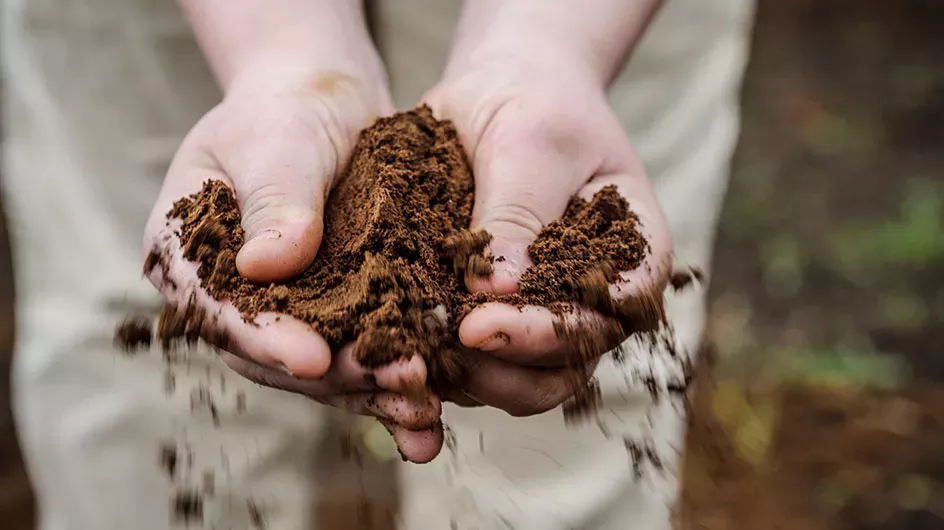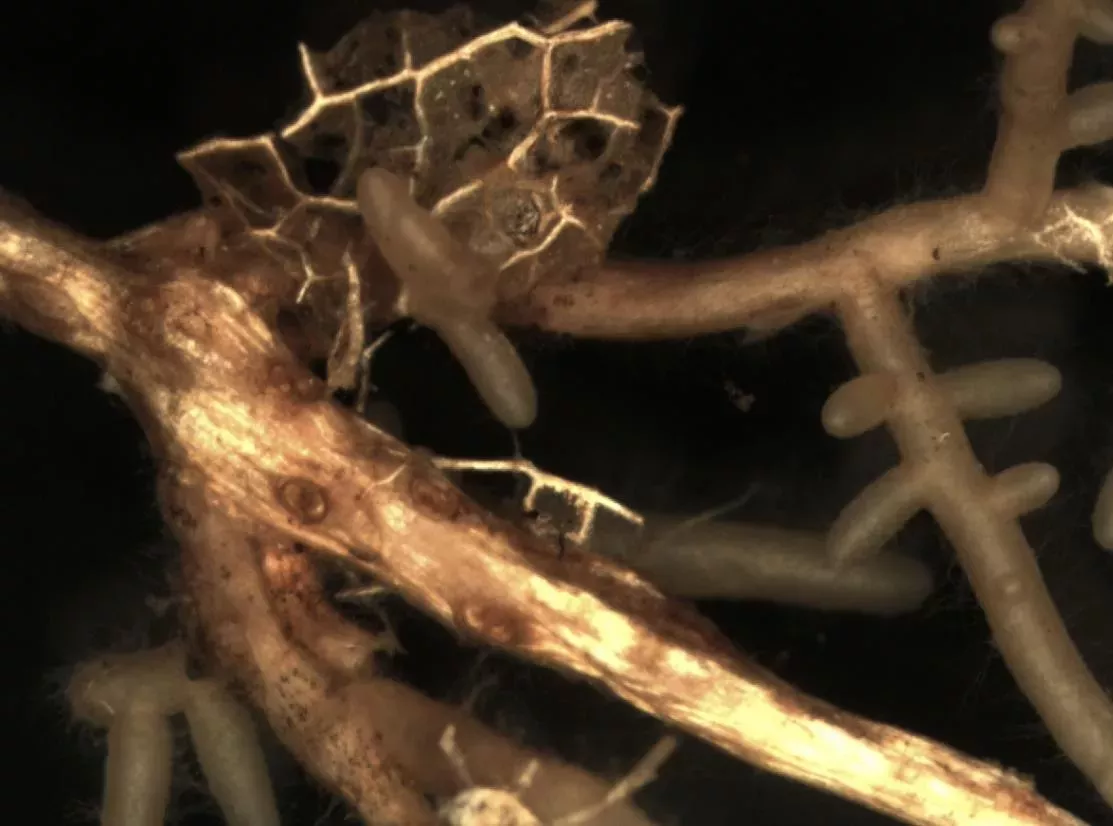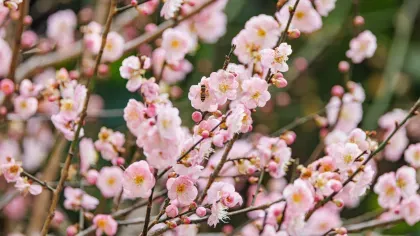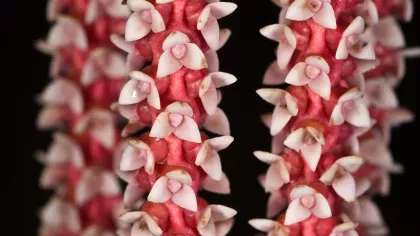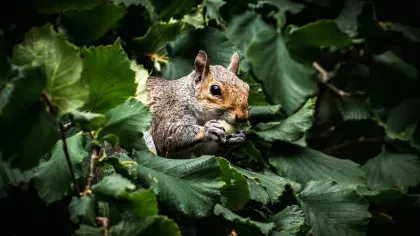30 June 2020
Secret fungi in everyday life
From sourdough to medicine, find out how fungi make our everyday lives possible.

Fungi are everywhere and are vital to all life on Earth. They're on our bodies, in our food and amongst the ground we walk on.
We take a look at some of the ways fungi are an essential part of our everyday lives.
Medicine
Many common medicines are produced using fungi.
Some fungi naturally produce antibiotics to kill or stop the growth of bacteria.
Researcher Alexander Fleming first discovered antibiotics in 1928 when he returned from holiday to find a fungus, Penicillium rubens, was growing on a petri dish of Staphylococcus aureus bacteria
He noticed that no bacteria had grown in the areas around the fungal colonies. Antibiotics produced by the fungus had stopped the bacteria from growing.
This led to the discovery of the potent antibiotic, penicillin, as we know it today.
Like many other antibiotics produced by moulds, penicillin fights bacterial infections.
Another life-saving compound, cyclosporine, is produced by the fungus Tolypocladium inflatum. Cyclosporine reduces the immune response of our body and enables organ transplantation and cosmetic surgery.
We have lovastatin to thank for medicines that lower high blood cholesterol and reduce the risk of cardiovascular diseases, and it naturally occurs in many fungi such as oyster mushrooms (Pleurotus ostreatus) and Aspergillus terreus mould.
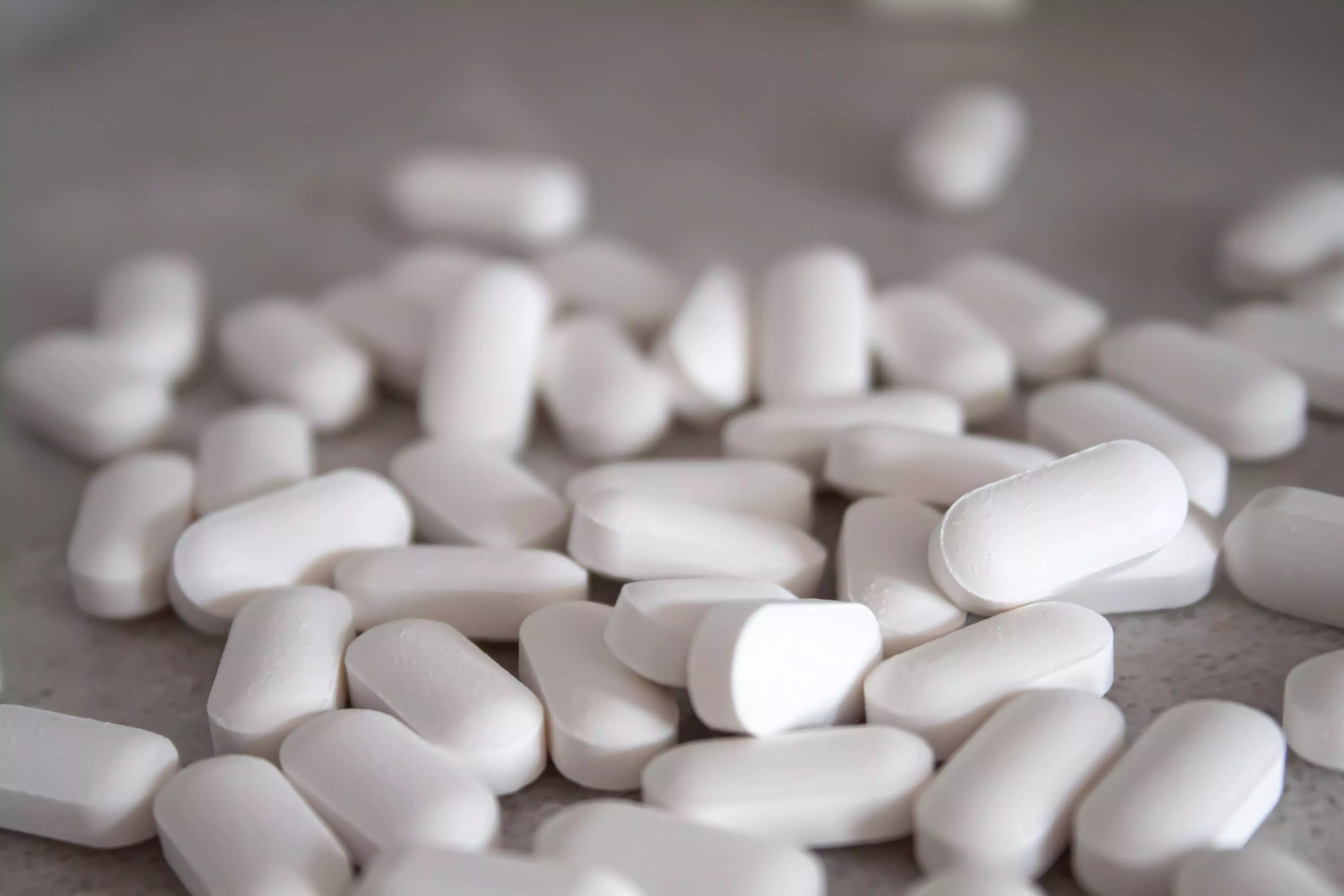
Food
Edible mushrooms are delicious and add healthy fats and proteins to our diets, but fungi are also hiding in many other common foods.
Moulds like Penicillium roqueforti and Penicillium camemberti ripen blue cheese (Roquefort) and camembert.
Backer yeasts, a microscopic unicellular fungi, is what makes bread rise, beer and wine ferment, and gives marmite that distinctive taste.
Sourdough bread is made using wild yeasts naturally present in flour. Ingredients include a starter, which is a mixture of flour and water. During fermentation, yeast and bacteria in the flour start to eat the sugars and produce carbon dioxide, helping the bread to rise.
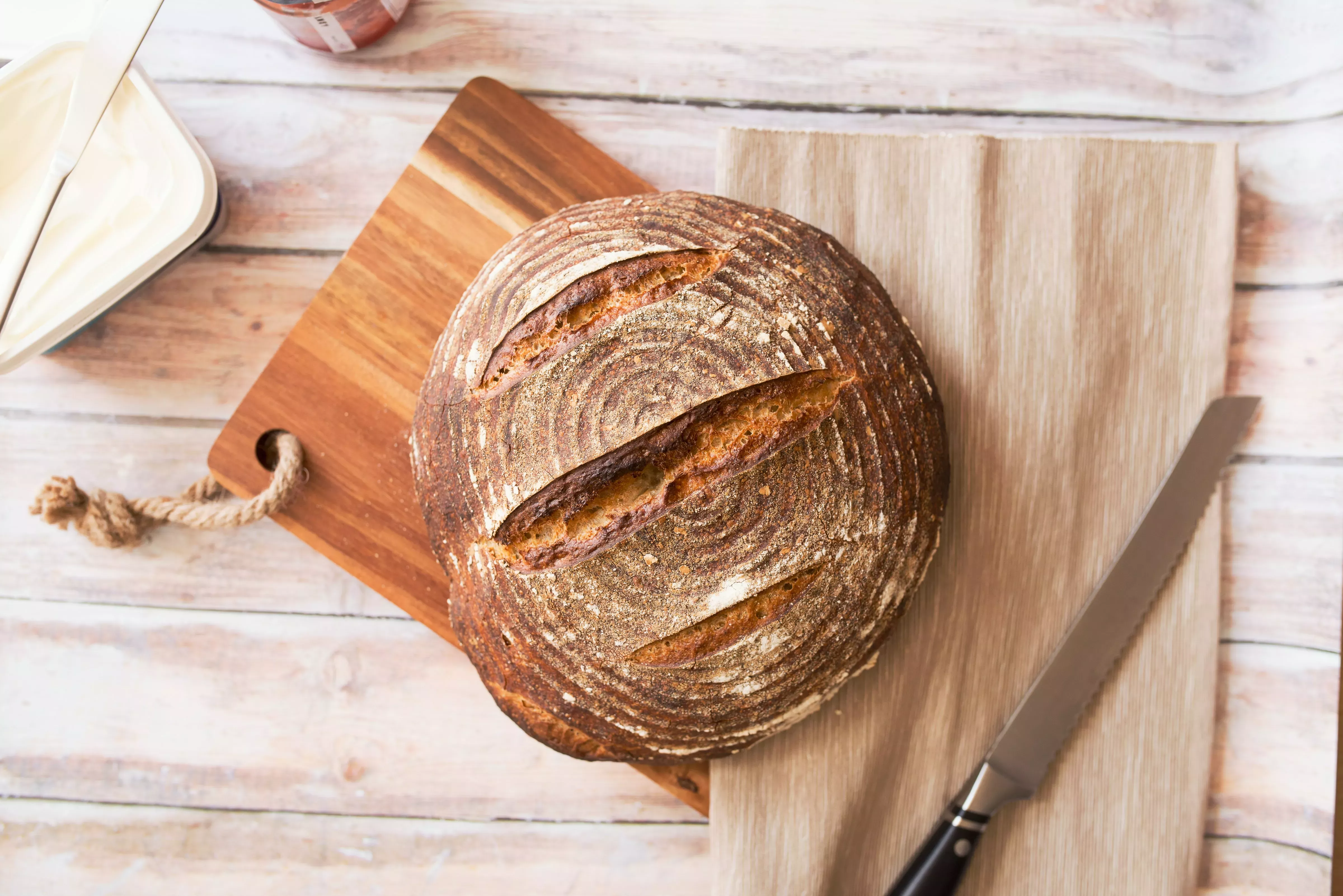
Even chocolate relies on fungi to get its distinct flavour. Cacao beans go through a fermentation process, where the microbial community including wild yeasts, filamentous fungi, and bacteria, develop the rich chocolatey flavour we all know and love.
The salty condiment soy sauce is brewed using bacteria and fungi, which are added to breakdown the proteins in soy beans and create a delicious flavour.
Quorn, a popular source of proteins and a meat substitute, is another food product that wouldn't exist without fungi. It's made by fermenting a strain of a fungus found in soil, called Fusarium venenatum.
Fungi also help our fruit and vegetables grow. They make nutrients and water available to the plant so it can grow. Many fungi can also act as natural defenders of crops from parasites, replacing chemical pesticides.
A huge variety of the food on our plates are given a helping a hand by our fungal friends.
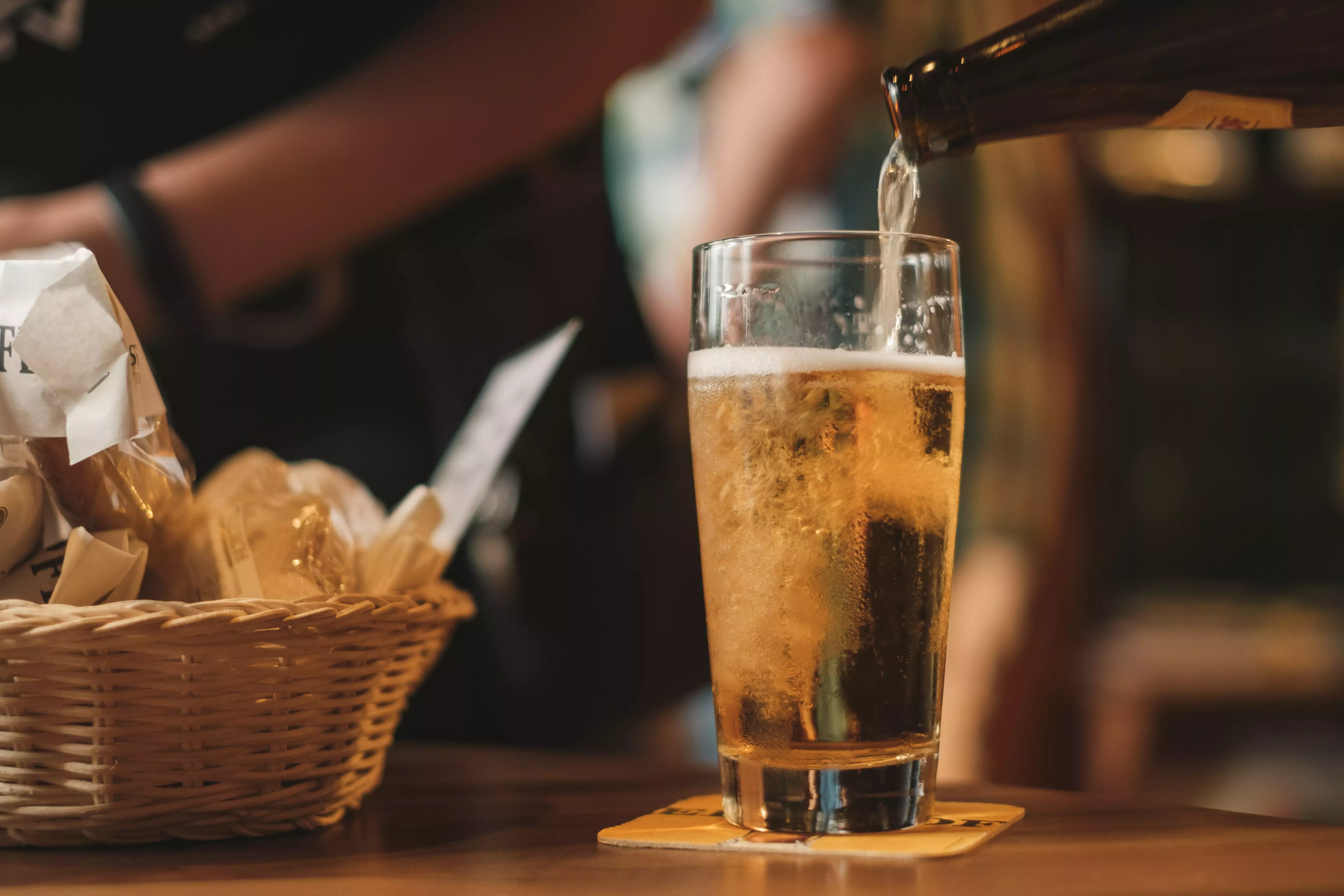
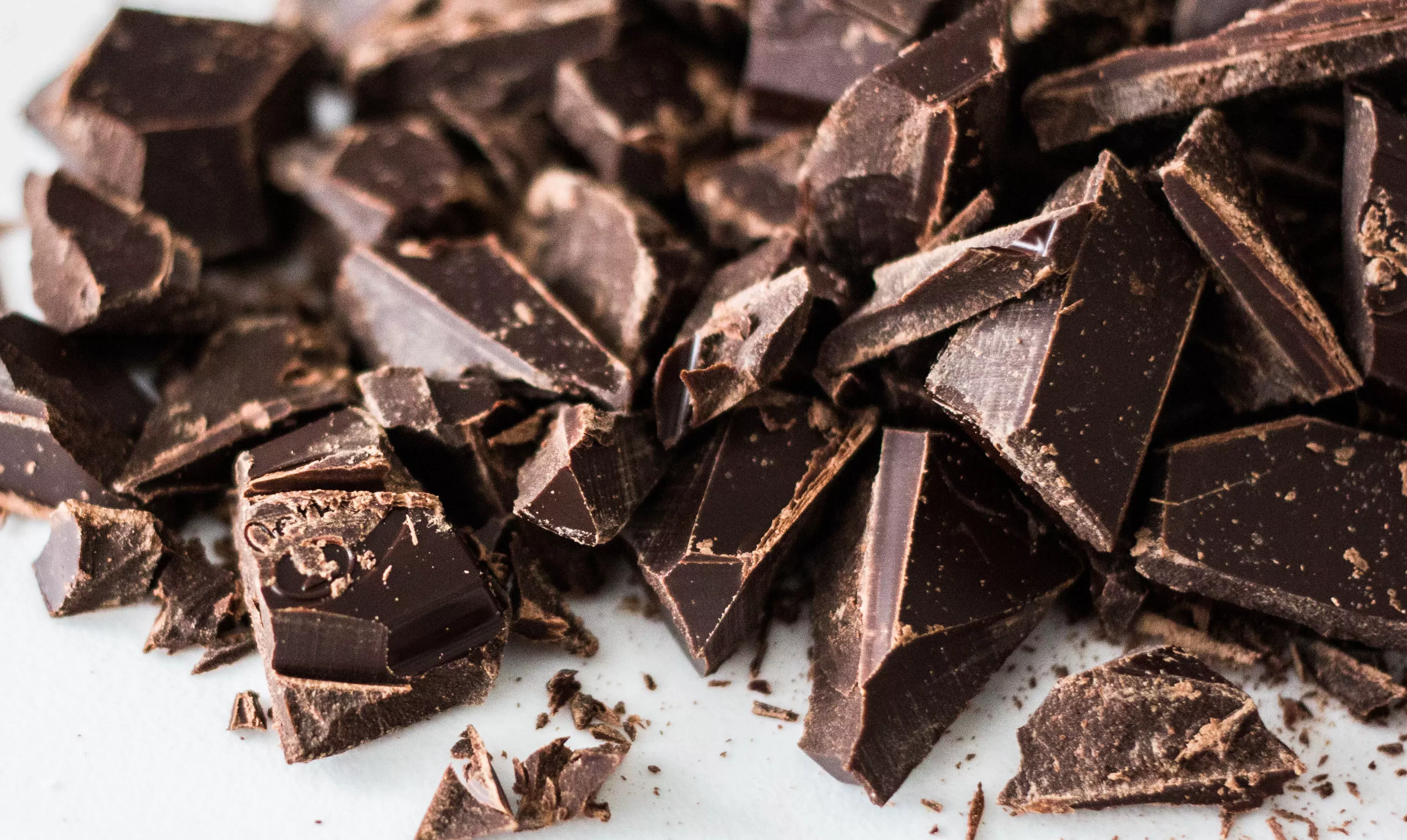
Soil and plants
Below our feet, there is a web of fungi connecting plants. The bush in your garden is probably connected with the tree next door through fungal threads.
Fungi that connect to roots are called mycorrhizal fungi.
It's estimated that around 90% of plants on Earth have mycorrhizal fungi associated with their roots.
These fungi help plants suck up water, provide nutrients, and protect them against pests and drought. In return, plants provide the fungi with sugars from photosynthesis.
Another group of fungi that give plants a helping hand are called endophytic fungi. They live within plants in the roots, shoots and/or leaves.
Endophytic fungi existing within plants can improve plant growth and resistance to disease, drought and other stresses. In return, the endophytic fungi have somewhere to live and can decompose and feed on their plant host after its death or damage.
From the plants in our gardens, to the soil beneath our feet and the food in our fridges, fungi are the secret players in everyday life.
